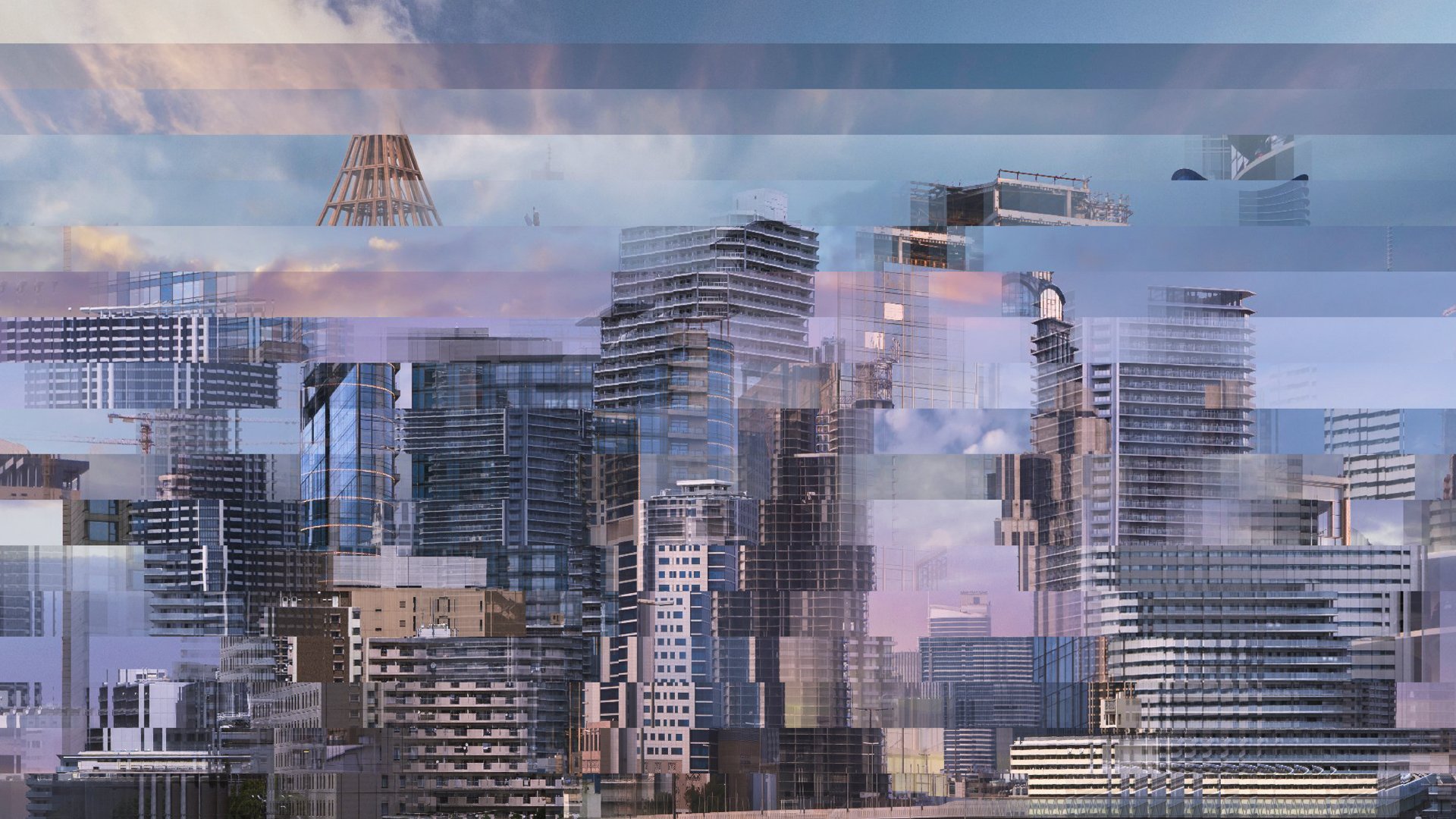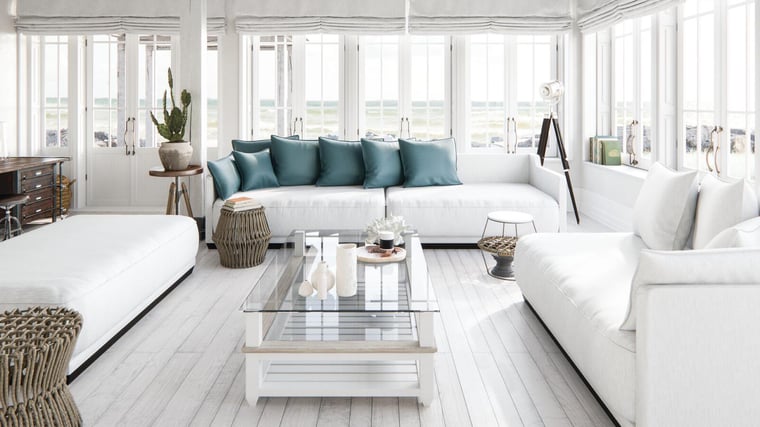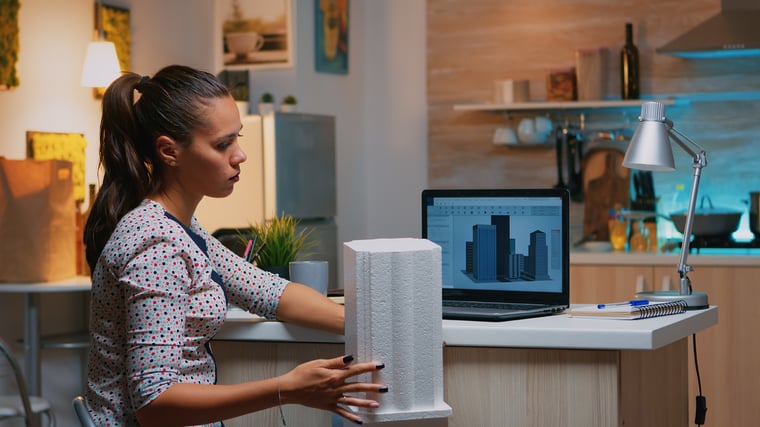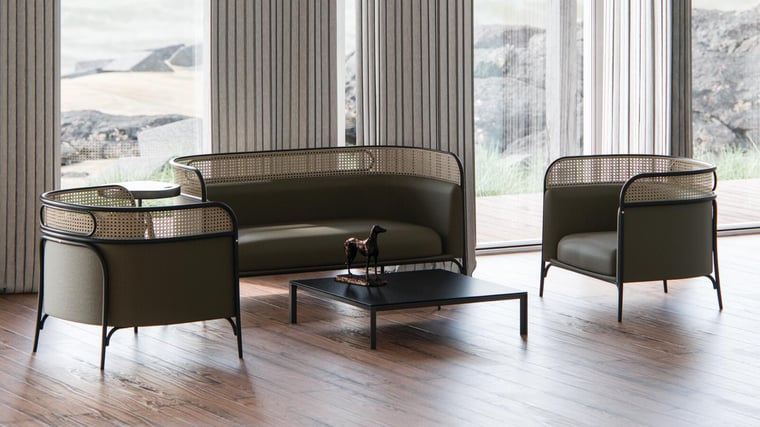
NFT architecture: Building the future
Published by Admin on
May 19, 2022 8:00:00 AM
From social media and virtual meetings to cryptocurrency and the metaverse, much more of our lives are shifting into digital spaces. One of the results of the pandemic and having to physically distance ourselves from one another was the rapid creation of online or digital solutions for everyday challenges such as exercise, socialising and skills development.
The development of the digital element of our lives is also affecting an element of the human experience that we once thought was only physical: ownership of assets. If you thought owning a home was only possible if it existed on a piece of land, think again, because NFT architecture is changing the presence and value of the design of spaces.
A quick explainer
Cryptocurrency is a digital, decentralised form of exchange. Unlike physical money, it is not managed nor is its value maintained by any kind of national or international authority, and there are over 5000 different cryptocurrencies in circulation. Another unique element of cryptocurrency is that all the transactions made are recorded, distributed, and verified on a blockchain.
A blockchain is basically a ledger that records transactions in binary code. A great explanation by Forbes is that "transactions are recorded in "blocks" and then linked together on a "chain of previous cryptocurrency transactions." Cryptocurrency can be used for a variety of financial transactions but one that is proving exceptionally popular is the purchase of NFTs.
A non-fungible token, or NFT, is a unique (non-fungible), non-interchangeable unit of data stored on a blockchain. That unit of data represents a digital asset such as an artwork, a piece of music, a video or even a single social media post. What makes a NFT valuable is that it is digitally unique. Every NFT must have an owner with a public record verifying ownership, and creators can retain ownership rights of their digital assets.
 Designing for a digital world
Designing for a digital world
Because NFTs are unique with built-in authentication of their creation and ownership, they have created digital scarcity. Just like physical artworks, collectors are paying millions to have the bragging rights of owning something unique in a digital world.
In March 2021, a digital artist sold the first digital house, Mars House, as an NFT for $500,000. Shortly thereafter, virtual furniture and renders of interiors and landscapes were also snapped up for tens of thousands of dollars. These transactions set a new precedent for the world of design and opened up something of a hybrid reality where a design can exist and grow in value in both the physical and virtual worlds.
For architects and interior designers, creating something unique for a client or for their own passion project is a key selling point. With the technology of NFTs and blockchain, it comes with the protection of their intellectual property and proof of the unique quality of the design. This validation of digital design gives architects and interior designers the ability to build businesses as they’ve never imagined before, with greater engagement both physically and through digital communication.
Another advantage of NFT architecture is that design no longer has to be confined to the parameters of a physical site, weather, or budget. Free to push the boundaries of the craft, architects can be artists and allow their creativity to expand. A virtual representation of a concept also provides the opportunity to test the design using digital twins and see if the idea will also work in the physical world.
 Your building has a digital twin
Your building has a digital twin
One of the most exciting developments for architects is the ability to sell a concept that will exist on a site and in the metaverse. A design can be built for a purpose on a physical site, and the architect can offer its digital twin to be built on a metaverse platform when the time is right in the future, giving the property owner both a physical and a digital asset.
Conversely, a digital concept that proves compelling can become a physical building if prospective clients see the design functioning in a virtual environment. For designers, their craft can be elevated to something akin to a fine art if the digital asset of their design continues to earn them royalties for years, instead of the income ceasing when their building is completed, occupied, or sold.
This shift in how architectural designs will be created, bought, and sold creates new opportunities for young designers who will have grown up alongside the development of digital worlds. For them, NFTs can mean their design work has more prestige, value, and greater return on investment, while also making their skills far more accessible and affordable for consumers, who will no doubt come to appreciate and rely on the expertise of architects even more than now.

Building for the future
The success of this prospect for architects hinges on access to the right tools and an understanding of digital assets and content. 3D visualisation is already becoming increasingly popular as a visual aid in communicating designs with clients and as a means of thoroughly assessing the form and function for accuracy.
Giving clients a truly lifelike representation of a future property means giving them an immersive experience to imagine living in it. Showing the design in different seasons, different times of the day and even with different interior options allows for more confident choices and more open discussions about changes.
Twinbru supports this process by offering 3D designers digital twins of physical fabrics that look exactly the same as the physical fabric. Not only do they look exquisite in a render, but they also have all the data a designer will need to calculate how much of the product is required for the physical production of furniture or drapery and to give the client an accurate representation of the texture and durability of the product.

As the access to our library of fabric digital twins grows across the world’s leading design and visualisation platforms, we aim to empower architects and interior designers to add a further layer of realism and data to their unique designs. Virtual worlds will feature breathtaking designs, expressions of individuality, and, of course, lifelike architecture and interior design as Twinbru sets the standard for digital fabrics.